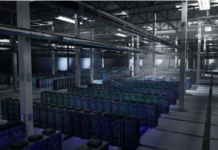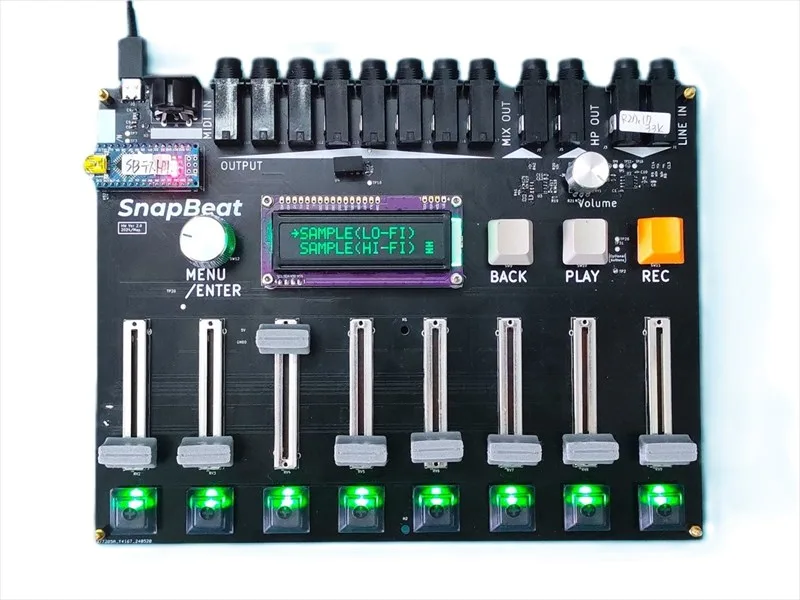The Evolution of Lighting in Contemporary Design
Over the past decade, lighting has become more than just a practical utility; it’s now a critical element in how spaces are experienced and interpreted. From the warmth of ambient glow in a home to dynamic lighting in commercial installations, the transition from traditional incandescent and fluorescent fixtures to LEDs has marked a turning point in modern lighting design.
Designers and engineers alike now rely on lighting that not only illuminates but also communicates. Whether it’s for mood, branding, or energy efficiency, lighting systems are expected to serve multiple purposes while staying adaptable to evolving spatial needs.
Inside the World of LED Strip Technology
Among the innovations in LED technology, strip lights have gained considerable traction due to their flexibility and diverse application range. These thin, versatile lighting solutions are now a go-to for everything from under-cabinet lighting in kitchens to backlit shelving in retail and intricate architectural features.
Their appeal lies in how easily they can be cut, shaped, and installed in virtually any setting. With advances in color temperature variation, waterproofing, and energy consumption, LED strip lights have evolved to suit both functional and aesthetic requirements.
What Defines a Reliable LED Strip Lights Manufacturer
The quality of a strip light often depends less on the components themselves and more on how they are engineered, assembled, and tested. A dependable LED Strip Lights manufacturer ensures consistency in brightness, durability of PCB boards, and the performance of heat dissipation systems.
Moreover, sourcing from a transparent and scalable manufacturer gives confidence in long-term availability especially for projects requiring phased installations. It’s not just about product range but also the control over each production phase, which ultimately impacts reliability in real-world use.
Exploring the Demand for LED Modules in Bulk
In contrast to continuous strip lighting, LED modules are small, self-contained units commonly used in signage, commercial displays, and illuminated advertisements. These modules are engineered for targeted lighting, offering high brightness in compact forms.
The demand for modular lighting has grown particularly in sectors where branding and visibility are crucial. For instance, in retail spaces or outdoor advertisements, modules can be arranged in patterns to provide even, vivid illumination that draws attention without excessive energy consumption.
Trends Shaping the LED Module Wholesale Market
As LED systems continue to take over traditional lighting roles, there’s a noticeable shift toward bulk procurement. Businesses increasingly opt for LED Module Wholesale deals to maintain consistency in lighting across multiple sites.
This shift isn’t just about volume, it’s about ensuring uniform specifications. A slight variance in lumen output or color temperature can affect how a product or environment is perceived, especially in high-visibility areas like storefronts or digital signage boards. Suppliers who can provide large batches with consistent performance are becoming indispensable in today’s market.
Factors That Influence Sourcing Decisions Today
Modern procurement decisions are rarely based on cost alone. Businesses now look for partners who can meet deadlines, offer product customization, and provide lifecycle support.
Timely delivery and consistent quality matter just as much as specifications. For industries operating on tight schedules such as exhibitions, retail launches, or renovation cycles reliability in supply can directly impact project success. Beyond that, how well a supplier can tailor their offerings to a unique installation scenario is often a deciding factor.
Sustainability and Energy Considerations in LED Systems
Another dimension shaping the LED industry is environmental impact. As regulations tighten and companies adopt greener strategies, sustainability is no longer a niche concern. Energy-efficient LEDs not only reduce electricity bills but also contribute to wider carbon neutrality goals.
Manufacturers that invest in recyclable materials, reduced packaging, and eco-friendly production techniques are increasingly preferred in competitive bids. This shift toward sustainability is also pushing innovation leading to longer-lasting LEDs and smarter, integrated control systems.
Conclusion
As lighting solutions become more embedded in the design and function of environments, the choice of products and suppliers grows in importance. Instead of opting for the cheapest or flashiest option, businesses are focusing more on compatibility, dependability, and long-term value.
Understanding how LED strip lights and modules are developed, and choosing the right manufacturing and supply partners, ensures lighting systems stay efficient, consistent, and future-ready. Whether you’re building a single store or managing multiple facilities, aligning lighting decisions with real-world demands is the way forward.



